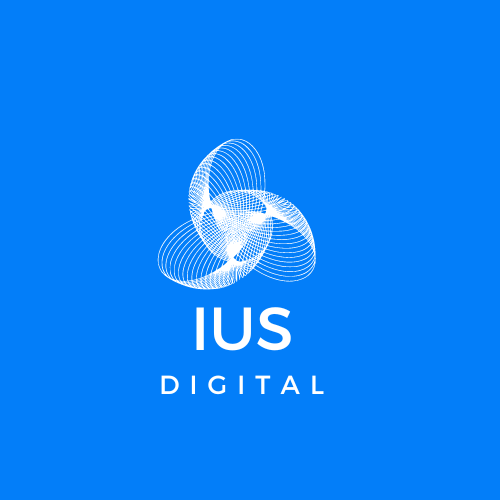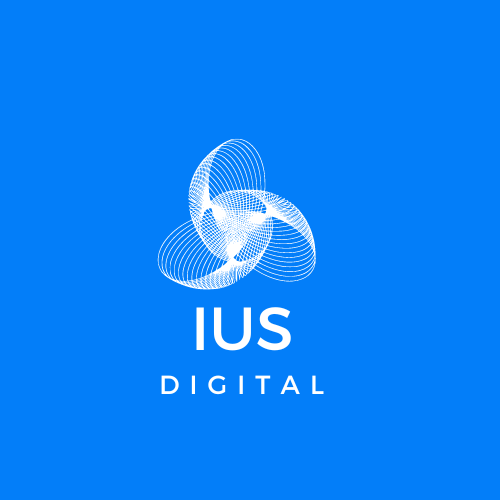The Future of Influencer Marketing: Navigating New Digital Trends
As the digital marketing landscape evolves, influencer marketing stands at the forefront of this transformation, leading the charge with innovative technologies and strategies that redefine how brands connect with their audiences. This dynamic field is witnessing a paradigm shift, driven by advancements in artificial intelligence, the rise of digital personas, and a growing emphasis on authenticity and personalized experiences.
Let’s explore in more detail the six pivotal trends that are reshaping the future of influencer marketing, and setting new standards for engagement, creativity, and impact.
AI-Driven Influencer Selection: Precision Meets Partnership
The role of AI in influencer selection is becoming increasingly significant, offering a blend of precision and efficiency in identifying the right influencers for brands. This technology goes beyond surface-level metrics like follower count, delving into engagement rates, audience demographics, and content relevance to ensure a perfect match. By leveraging AI, brands can optimize their influencer collaborations, resulting in campaigns that resonate more deeply with their target audiences and drive higher ROI.
This bar graph compares the efficiency, accuracy of match, and return on investment between AI-driven influencer selection methods and traditional methods, showcasing the advantages of AI in sourcing the right influencers.
Virtual and Meta-Influencers: The New Faces of Digital
Virtual Influencers and Meta-Influencers are redefining the boundaries of creativity and engagement in the digital space. These digital entities, free from the limitations of the physical world, offer unparalleled opportunities for storytelling and brand representation. They can be anywhere, embody any persona, and engage with audiences in novel ways, making them a versatile tool for brands looking to stand out in crowded digital landscapes.
A pie chart illustrating the distribution of different influencer types used in brand campaigns, highlighting the growing prominence of virtual and meta-influencers in the digital marketing space.
NFT Influencer Partnerships: Beyond the Digital Canvas
The integration of NFTs in influencer marketing is opening up new avenues for creative collaborations and audience engagement. NFTs allow influencers and brands to co-create unique digital assets that offer value beyond traditional content, from exclusive art pieces to virtual experiences. These assets not only foster a deeper connection with audiences but also introduce a new model for digital ownership and interaction, enhancing the exclusivity and appeal of influencer campaigns.
This line graph tracks the increase in NFT collaborations between influencers and brands over time, indicating the rising trend and potential future growth of NFTs in influencer marketing.
Extended Reality (XR) in Influencer Campaigns: Immersive Experiences
Extended Reality (XR) campaigns are taking influencer marketing to new dimensions, offering immersive experiences that captivate audiences like never before. Through XR, influencers can transport their followers into fully-realized, interactive brand worlds, from virtual try-ons to immersive product tutorials. This level of engagement not only boosts brand visibility but also enhances audience retention, making XR a powerful tool in the influencer marketing toolkit.
A bar chart showing the year-over-year adoption of various XR technologies (VR, AR, Mixed Reality) in influencer campaigns, demonstrating the increasing use and diversification of XR in marketing.
Leveraging Data Analytics: Insight-Driven Strategies
The strategic use of influencer data analytics is crucial for optimizing influencer marketing campaigns. By analyzing key metrics such as engagement rates, audience growth, and conversion data, brands can gain valuable insights into campaign performance and audience preferences. This data-driven approach allows for more targeted, effective influencer collaborations, ensuring that marketing efforts are not just seen but felt by the audience, leading to higher engagement and conversion rates.
A multi-line graph demonstrating how the use of data analytics over successive influencer campaigns or strategies leads to improved performance across various key metrics.
Wrap-Up:
The landscape of influencer marketing is undergoing a transformative evolution, driven by the advent of AI-driven influencer selection, the emergence of virtual and meta-influencers, the innovative use of NFTs for unique partnerships, the immersive experiences offered by extended reality, the paramount importance of authenticity in brand partnerships, and the insightful precision of data analytics. These trends collectively signal a shift towards more personalized, engaging, and technologically integrated marketing strategies. Contact us if you have any questions or would like to explore how influencer marketing can enhance your brand's trustworthiness. Together, let's elevate your brand's presence while prioritizing trust and integrity.







